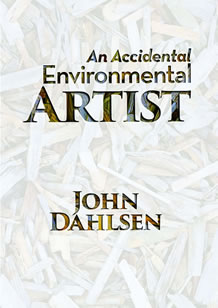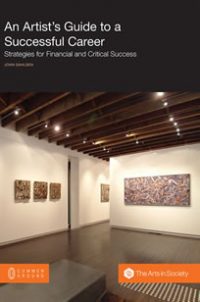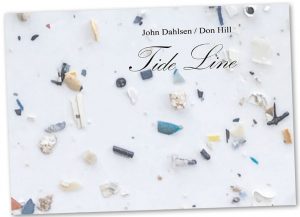An Accidental Environmental Artist by John Dahlsen
$9.95
Take a journey through the eyes of Dr. John Dahlsen, as he tells his story and shares his art. A leader in the field of environmental art throughout Australia, and in the US, Europe, and Asia. His art is considered highly collectible. An acclaimed public speaker, he has engaged audiences around the world. As an Australian environmental artist, he studied in Melbourne at the Victorian College of the Arts and did his teacher training at the Melbourne College of Advanced Education. From 2014-2016 John lectured in Art at Charles Darwin University, where he also completed a PhD in environmental art in 2016. He was awarded a Churchill Fellowship in 2014 from the Winston Churchill Foundation. John’s work is reflective of this trend of environmentally responsive assemblage, situated at the intersection of works that utilize either natural or inorganic materials in their composition, and reflective of the social influence of environmental art. Sculptures using found and recycled materials, particularly materials that others would term as ‘rubbish’, such as plastics from drink containers, re-contextualize these materials into the aesthetic limelight, notably drawing attention when these works are displayed publicly, as is often the case when works are commissioned. While his work is not on the immersive scale of the Earthworks, the sheer size of the collection area for his materials is immense, and, like Smithson with the collected materials he termed ‘Non-sites’, the materials link back to the environments of their collection. The action of collecting these potentially hazardous materials from various beaches and interpreting them into artworks has both the ritualistic qualities of habitual collecting, as well as the ecologically conscious remediation of actively cleaning a site. Extending this ecological aspect is the conceptual process that occurs between artwork and viewer. Reflecting elements of social-sculpture, his sculptures, collages and installations invite the viewer to consider the ecology of the work, and invite a change in society’s thoughts about the disposable nature of materials. The use of recognizable materials within a sculpture, such as thongs or bottles, has the effect of linking society not just with the artwork but also the concept that these items have been thrown away. In the use of casual clothing, as with his ‘Thong Totems’, 2000, the link is much more personal, as the item, in its former life as attire, has a physical connection with the wearer. Complementing his various works with inorganic materials, his works of driftwood also forge connections between the sculptural art world and the natural environment. Reminiscent of non-sites, these works, in the forms of totems, patterned assemblages and furniture; draw the viewer’s mind back to the elements of the natural environment. Thus, through the works of artists like Dahlsen, various environmental and artistic concepts are realized, including a direct link with broader art history through the use of non-traditional materials, with emphasis on the ecological concepts underpinning the work rather than the decorative nature. Within environmental art, his works, like many environmental artists’ practices, can be associated with a wide variety of interactions, and presents a distinctly unique conceptual element to the environmental art genre. Through Dahlsen’s process of collecting, utilizing and exhibiting organic materials, we can see a link back to the roots of the environmental art movement and the early exhibitions. However, his uses of found synthetic materials are suggestive of the wider occurrences in art history and the utilization of traditional non–art materials, made allowable through the changes in conceptual art. This tandem practice marks Dahlsen as one of a growing number of new generation environmental artists.’ His web site can be found at: https://johndahlsen.com/.




